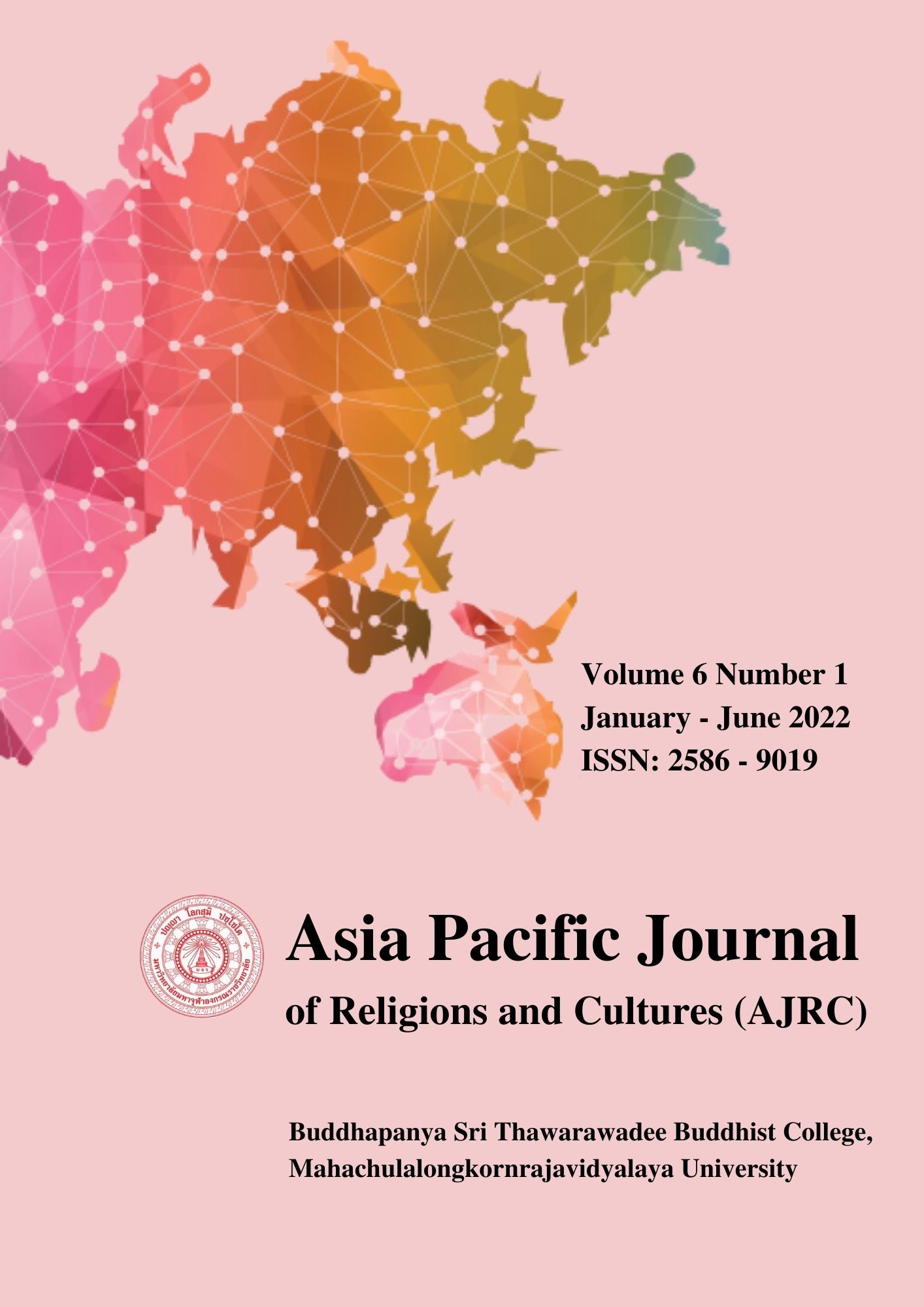Investigation on Efficiency of Nanoparticle and Extracts from Plants, and Agricultural Residue for Inhibiting Aspergillus Sp. From Para Rubber In PDA Media
Main Article Content
Abstract
The purposes of the investigation on nanoparticle efficiency of extracts from plants, vegetables, herbs and agricultural residue for inhibiting Aspergillus sp. in rubber in Pa Yup Nai Sub-district, Wang Chan District, Rayong Province were to study the efficiency of nanoparticles extracted from plants, vegetables, herbs and agricultural residue for inhibiting Aspergillus sp. in PDA medium. The research was conducted by isolating the fungus in the PDA medium by testing the inhibition zone for 24 and 48 hours of the 10 treatments. Zinc oxide nanoparticles were found to have the highest inhibitory effect on Aspergillus sp., followed by betel nut extracts and the controlled extract which was the least effective. The efficiency decreased as the duration increased from 24 hours to 48 hours. However, the aforementioned test can provide an alternative for rubber cup manufacturers according to their needs and problems.
Article Details

This work is licensed under a Creative Commons Attribution-NonCommercial-NoDerivatives 4.0 International License.
References
Agricultural Research Development Agency. (2021). Rubber tree. Access on www.arda.or.th.
Department of Land Development. (2021). Bio-fermented water. Access on www.ldd.go.th.
Dmitriy Obolskiy, et al. (2009). Garcinia mangostana L.: A Phytochemical and Pharmacological Review. Phytotherapy Research. 23, 1047-1065.
Ionic Co., Ltd. (2018). Para Rubber. Access on www:ionic.co.th.
Masciangioli T. and Zhang W.X. (2003). Environmental technologies at the Nanoscale. Environmental Science & Technology, March 1, 102-108.
Pongsawat Premphet* Komgrit Leksakul Tawatchai Sririn Patcharin Choomkaew. (2012). Analysis of Fungi Occurred and Assessment of Carbon Footprint in Smoked Rubber Process. Industrial Engineering Conference. Petchaburi, Thailand.
Saowaluk Pongpaijit et al. (2015) Selection of microorganisms capable of controlling fungi. contaminated on the rubber sheet. Faculty of Science Prince of Songkla University: Songkhla.
Songpol Chivapat, et al. (2011). Chronic Toxicity Study of Garcinia mangostana Linn. Pericarp Extract. The Thai Journal of Veterinary Medicine. 41(1), 45-53.
Waraporn Kosanlavit. (2013). The Efficiency of nZnO for Remediation of Trinitrotoluene Contaminated Water. International Journal of Chemical Engineering and Applications, Vol. 6, No. 2, April 2015


